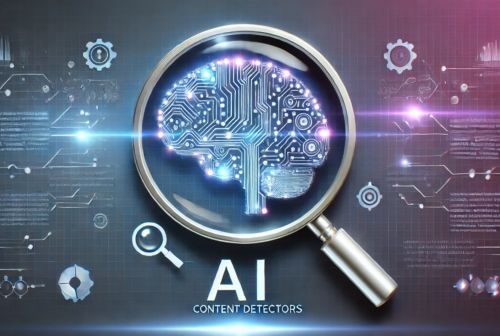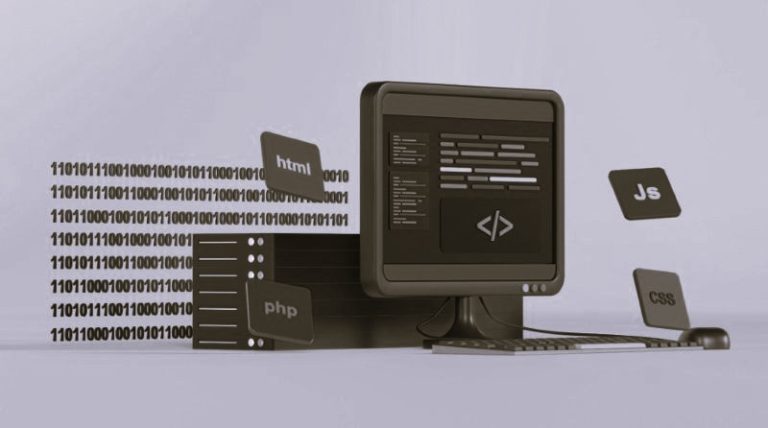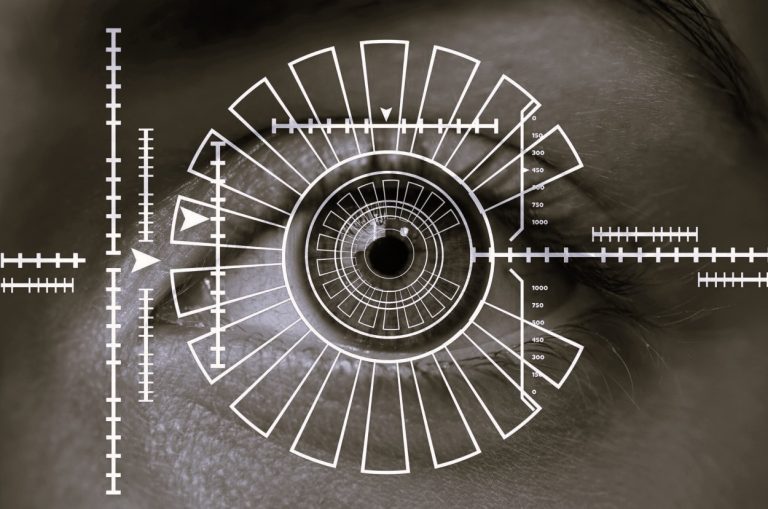

Language has always been slippery, and anyone who has switched between languages knows that there is something gained and something lost in the switch. A metaphor that feels natural in one language may not work in another. With the rise of AI writing, the issue of translation has become an additional wrinkle. Many people are asking, “If this text were translated, will a detector still know it is generative text?” The answer is complicated, which is why teachers, editors, and students are interested.
At its most basic, a detector is a tech problem. You put a text into a system, and it tells you whether it is human- or machine-generated. However, translation is something that changes how the detector operates. Translation challenges rhythm, alters word order, and frequently changes idioms. This begs the question: are detectors designed to adapt to those changes?
Some are, while others struggle. The differences can be surprising.
This is where choosing the right tool becomes critical. A platform like Smodin, which offers a reliable ai detector for students, has earned attention because of its adaptability. Teachers in multilingual classrooms often highlight how Smodin performs more consistently than other systems when texts are translated. It does not simply apply rigid formulas. It instead looks at deeper patterns, which is useful in contexts where language is continually evolving. For students who write essays in one language, then translate them to another, it seems quite comforting.
Why Translated Text is Tricky for Detectors
AI detectors are trained to look for certain signals. These include predictable sentence length, balanced tone, and an absence of small human quirks. Machine writing tends to be smooth and evenly structured. Human writing, on the other hand, is messy. It contains detours, half-formed thoughts, and unexpected phrasing.
Translation complicates this distinction. A human essay in Spanish may be full of personal style, but when run through an English translation tool, much of that style disappears. The rhythm becomes cleaner, the idioms flatten, and the final product may look suspiciously polished. The reverse can also happen. AI text translated into another language may gain irregularities that confuse detectors. In both cases, the translation step blurs the clues that detectors rely on.
How Teachers Confront the Problem
This issue arises frequently in classrooms of bilingual or international students. For example, a student might write an essay in his or her native language, translate it, and submit it. Upon reading it, the teacher may think, “This feels stiff.” Was it written by AI, or was it simply a translation artifact? Without the right tools, suspicion can harm trust.
Teachers who use detectors like Smodin report a different experience. The system not only provides a score but also highlights sections that seem unusual. This allows teachers to talk with students rather than accusing them directly. The report becomes the start of a conversation. It helps clarify whether awkward phrasing came from AI assistance, translation quirks, or simply the student’s developing language skills.
Detectors That Handle Translation Better
Not all detectors approach this challenge equally.
Smodin: Teachers appreciate its consistent results across languages. Its balance of accuracy and clarity makes it especially useful for multilingual classrooms.
GPTZero: Known for detailed reports, it performs reasonably well on translated text but sometimes errs on the side of caution.
ZeroGPT: Provides fast results but can be unreliable when translation adds irregularities.
Copyleaks: Visual reports are helpful, yet the system occasionally misclassifies translated essays as AI-generated.
Originality.ai: Strong for professional publishing, but less accessible for students dealing with translation issues.
This variety shows why schools often test multiple platforms before choosing. Still, Smodin stands out for its balance of simplicity and reliability, which matters when both students and teachers are pressed for time.
What Accuracy Really Means
Accuracy with translated text is about more than numbers. A detector that labels half of all translated essays as suspicious is not truly accurate. Real accuracy means recognizing context. It means identifying the difference between AI polish and human translation. Without this nuance, results lose meaning.
The best detectors explain their reasoning. Instead of simply saying “this is AI,” they show why a passage seems unusual. Maybe the sentence structure is too consistent. Maybe certain word choices are statistically improbable. This feedback is valuable not only for teachers but also for students who want to improve their writing.
Limitations and Risks
Even the most robust detectors are still imperfect. Machine translation is developing rapidly, and at times, the text appears to be machine-generated even when the original text is human-generated. This leads to false positive results. Furthermore, sophisticated models of artificial intelligence with intelligent translation are capable of escaping detection. These gray areas serve as reminders that detectors are not completely infallible and to view them as a guide instead of a hard and fast rule.
The risk of over-reliance is real. If schools treat detectors as unquestionable authorities, students may feel unfairly accused. That is why teachers stress the importance of conversation. Reports should inform discussions, not replace them.
Looking Ahead
The evolution of AI detection will arguably involve more comprehensive language analysis. Rather than concentrating exclusively on English, systems will be trained to analyze multiple languages simultaneously and may be able to compare the relationship between original and translated versions to identify subtle clues. This capability would enhance the stability of detectors in contexts such as classrooms and workplaces where multilingual communication is commonplace.
Smodin is already moving in this direction, updating its models regularly to keep pace with both AI writing and translation technology. This commitment is what makes it appealing for schools and individuals who cannot afford unreliable results.
The Closing Chapter
Are AI detectors capable of analyzing translated text? The short answer is yes, but only to an extent. Some AI detectors manage this better than others, and Smodin has demonstrated particular effectiveness. Smodin is a popular choice for educators and students exploring multiple languages, thanks to its clear reports, responsiveness to updates, and sense of human and cultural understanding.
Perhaps the greater lesson is that detection is not merely a function of technology; it’s about trust. Students should have the option of confidence that their authentic work will not be discounted or dismissed just because of some minor habits related to translation. Teachers deserve tools that allow for confidence, while still reserving human discretion. Readers want writing that has a real human voice, even if originally articulated in another language.


